Ballerina Feet – Everything You Need to Know
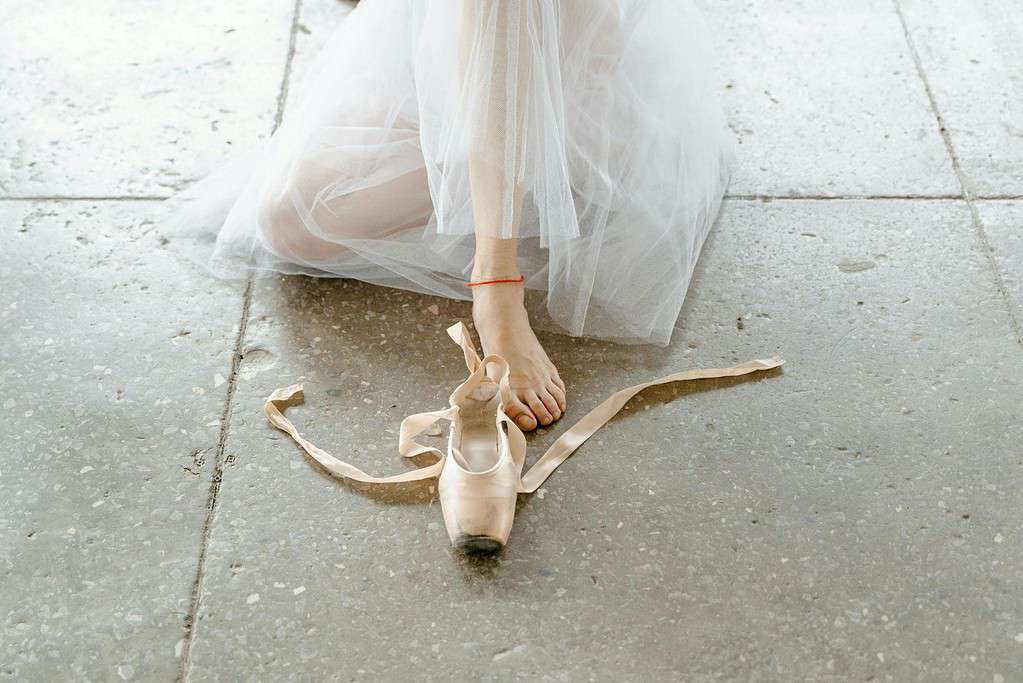
Ah, the classic ballerina feet topic.
First things first, we need to acknowledge the reality.
You’re probably not going to be jumping at the idea of wearing open-toe shoes after a professional ballet career.
Hours upon hours of dancing on your toes doesn’t exactly equate to dainty foot aesthetics.
However, despite all the wear and tear, there are numerous methods dancers can employ to maintain good foot health and avoid further damage.
In this blog post, I will teach you everything you need to know about ballerina feet, including anatomy, common injuries, exercises and care.
BALLERINA FEET ANATOMY
Ballerinas possess distinct anatomical foot features resulting from rigorous training and consistent practice.
For dancers, especially those who use pointe shoes, grasping your foot’s anatomical structure can:
FOOT STRUCTURE
When discussing foot structure, I’m considering the overall shape of the foot, including things like:
These aspects contribute to the individuality of your feet.
While altering bone structure is challenging, focusing on enhancing your arch, and building strength in your toe muscles and metatarsals can enhance the aesthetic appeal of your feet and reduce the risk of future injuries.
ARCH TYPES
While high arches are ideal, not all dancers are naturally blessed with them.
If you don’t fall into that blessed category, get ready for some additional hard work.
Generally, an individual’s feet fall into one of three categories:
Each of these categories has its benefits and weaknesses.
HIGH ARCH
A high arch is when you have a pronounced upward curve along the bottom of your foot with less surface area in contact with the ground.
High arches are favoured among dancers for their aesthetic appeal, allowing dancers to have a beautifully pointed foot and exquisite line en pointe.
However, dancers with high arches must be cautious not to rely solely on foot flexibility and prioritise strengthening exercises for the feet and ankles to prevent injury.
NORMAL ARCH
A normal arch is when you have a moderate curve along the bottom of your foot.
Normal arches, are relatively common.
While dancers with normal arches may have stronger feet, they often need to devote extra effort to strengthen their toes to achieve the desired pointed position.
LOW ARCH
A low arch is when you have no arch curvature, with the entire sole of your foot making contact with the ground.
Low arches are commonly referred to as flat feet, and they present challenges for dancers as they lack a natural arch.
This can make achieve a pointed foot and a high demi pointe position extremely difficult.
TOE ALIGNMENT
Toe alignment is crucial for dancers to maintain stability en pointe and prevent undue pressure on specific toe joints.
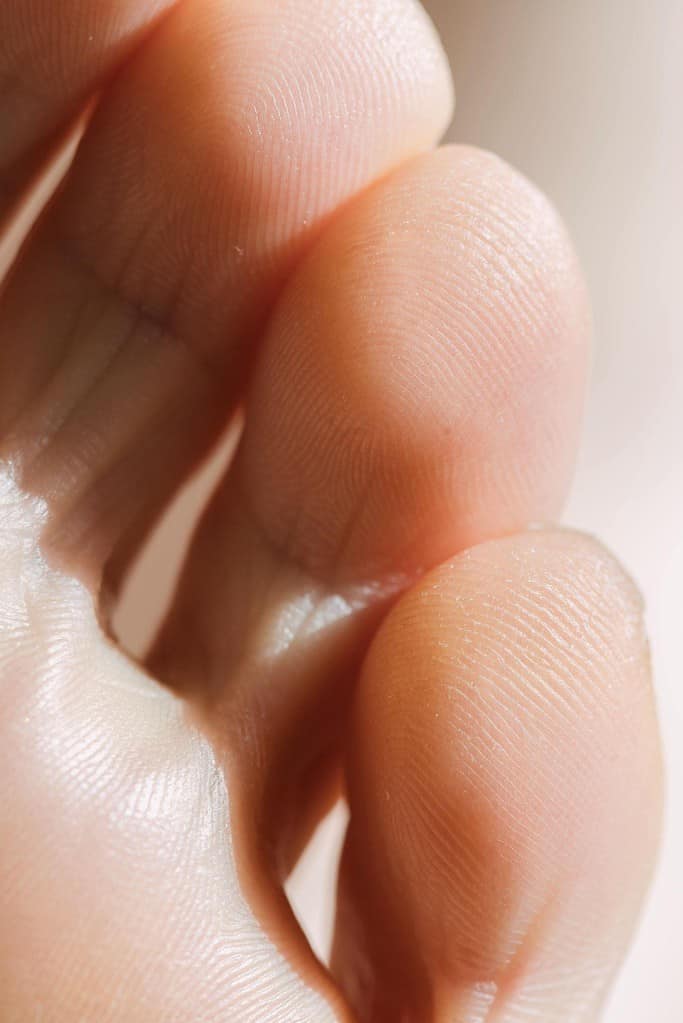
Strengthening the muscles in each metatarsal individually with a theraband can help improve overall foot strength and control.
When rising onto demi pointe, ensure that your weight is centred and evenly distributed across the metatarsals.
In doing so, you’ll avoid placing excessive strain on any particular toe joint.
Additionally, when stretching your feet, focus on toe alignment, ensuring all your toes are properly aligned and not excessively curled or splayed.
THE ART OF POINTE WORK
There’s an undeniable beauty in watching dancers en pointe, gracefully supporting their entire weight on their tippy toes.
Yet, beneath this seemingly effortless performance, lies immense dedication and skill.
DANCING ON POINTE
Transitioning to pointe work in ballet is a significant milestone that requires careful preparation.
Dancers undergo pre-pointe training to strengthen their feet, ankles, and legs, ensuring they have the necessary strength and technique to execute movements en pointe safely.
The timing of when a dancer can start wearing pointe shoes depends on factors like age, physical development, and training progression.
Teachers assess readiness based on foot strength, ankle stability, alignment, and overall technique.
Once ready, dancers train daily to master pointe work, gradually building strength, endurance, stability, and control.
Dancing en pointe demands both physical and mental readiness, requiring a deep understanding of weight distribution, precise control, and confidence to navigate this new sensation compared to dancing in ballet flats.
IMPORTANCE OF PROPER FOOTWEAR
Performing en pointe can cause immense discomfort.
Think about it.
Your feet are squeezed into a snug box for extended periods, creating enduring toe pressure and sweat.
This highlights the importance of finding the perfect pair of pointe shoes.
Dancers are fortunate to have access to many pointe shoe options tailored to accommodate various foot types and needs.
In other words, don’t force your feet into ill-fitting shoes. This will just hinder your performance and potentially lead to discomfort or injury.
Instead, seek out pointe shoes that provide proper support and allow you to dance with ease and confidence.
Trust me, it will make all the difference in your comfort, technique and enjoyment of dancing en pointe.
COMMON BALLERINA FEET CHALLENGES
Just like a painter relies on brushes to create a painting, dancers depend on their feet as their primary tool for their art form.
This constant use and demand on the feet can lead to various challenges and foot-related issues, including pain, injuries, and discomfort.
COMMON BALLERINA FEET INJURIES
The physical demands of dancing can lead to a wide range of foot problems and injuries.
Stress fractures in the metatarsals, sprained ankles, bruised toenails, and Achilles tendon issues in the heel are common due to the repetitive impact and strain on the feet and ankles.
And if I haven’t scared you yet, dancers also experience frequent blisters, calluses, and bunions as a result of friction, sweat, pressure, and improper shoe choice.
These foot issues can be painful and debilitating, impacting a dancer’s ability to perform and train efficiently.
To minimise the risk of these problems and maintain healthy feet, dancers need to adopt injury prevention methods, wear proper footwear, and maintain good foot hygiene and care.
TOE INJURIES AND REHABILITATION
Toe injuries, particularly stress fractures, are common among dancers and often result from overuse and weakened intrinsic foot muscles.
Recovery from such injuries typically involves a period of rest until the bone heals.
This is then accompanied by targeted strengthening exercises to address muscle imbalances and prevent recurrence.
In addition to stress fractures, dancers frequently experience minor toe injuries such as bruised toenails and blisters.
To minimise the risk of these injuries, dancers need to maintain proper foot care practices.
This includes:
Many dancers (including me) also swear by products like ‘second skin’ to protect their toes during rehearsals and performances.
These protective measures can help alleviate discomfort and prevent minor injuries from escalating into more significant problems.
BUNIONS AND PREVENTION
Bunions are a common concern for dancers, occurring when the bone of the big toe joint protrudes.
They can result from pointe shoes that are too tight in the box area, although even with proper fitting shoes, they may still develop.
To prevent bunions or minimise discomfort associated with them, it’s crucial to maintain proper toe alignment.
Wearing a toe spacer between the big toe and the second toe can help correct proper alignment and reduce pressure on the toe joint.
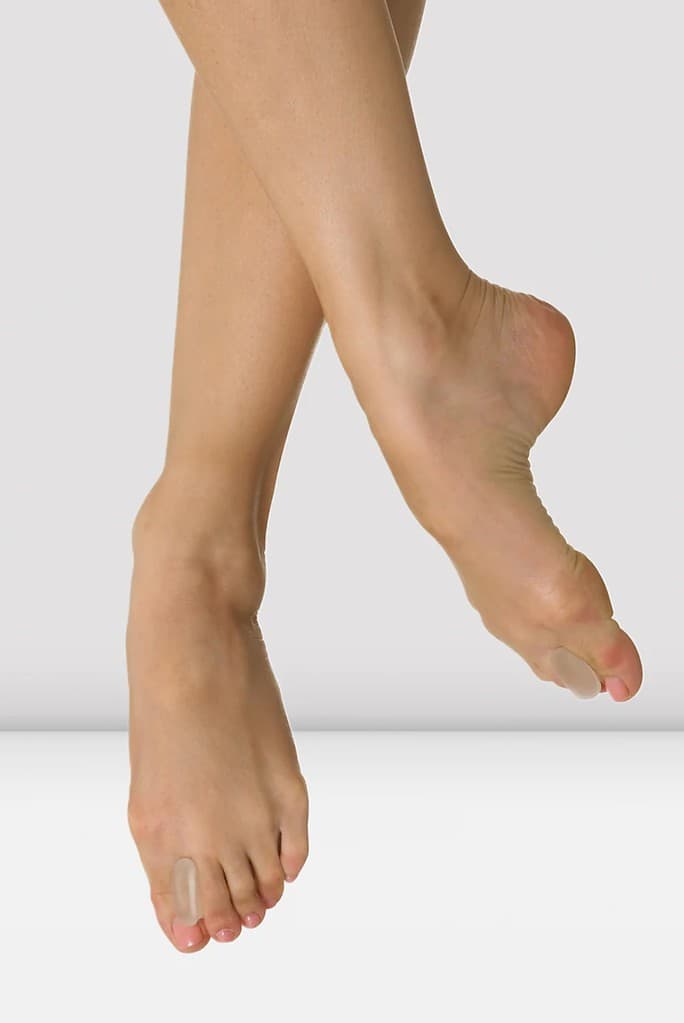
If bunions are causing pain or discomfort, applying ice to the area can help reduce inflammation and alleviate soreness.
Gentle massage may also provide relief by increasing blood flow and loosening tight muscles around the bunion.
However, dancers experiencing persistent pain or worsening symptoms should consult with a healthcare professional for further evaluation and management strategies.
ESSENTIAL FOOT CARE ROUTINE FOR BALLERINAS
The feet serve as the foundation of dance, providing stability, balance, and propulsion for movements.
Strengthening the intrinsic muscles of the feet and practising proper technique and articulation can help dancers develop the necessary strength, flexibility, and control.
WARM UP ROUTINE
A warm up routine for dancers’ feet is crucial to prepare the muscles, ligaments, and joints before class, rehearsal, or performance.
Incorporating exercises like ankle circles, theraband or overball exercises, gentle stretching, and foot massage is a beneficial practice.
Additionally, keeping your feet warm in a cozy pair of fluffy socks or booties enhances muscle pliability and reduces the risk of injury.
COOL DOWN ROUTINE
Just as warming up is essential, dedicating time to cool down after extended periods of activity is equally important for dancers.
Incorporating massage and foot rolling on the insteps, soles, arches, and heels can effectively alleviate tension and tightness.
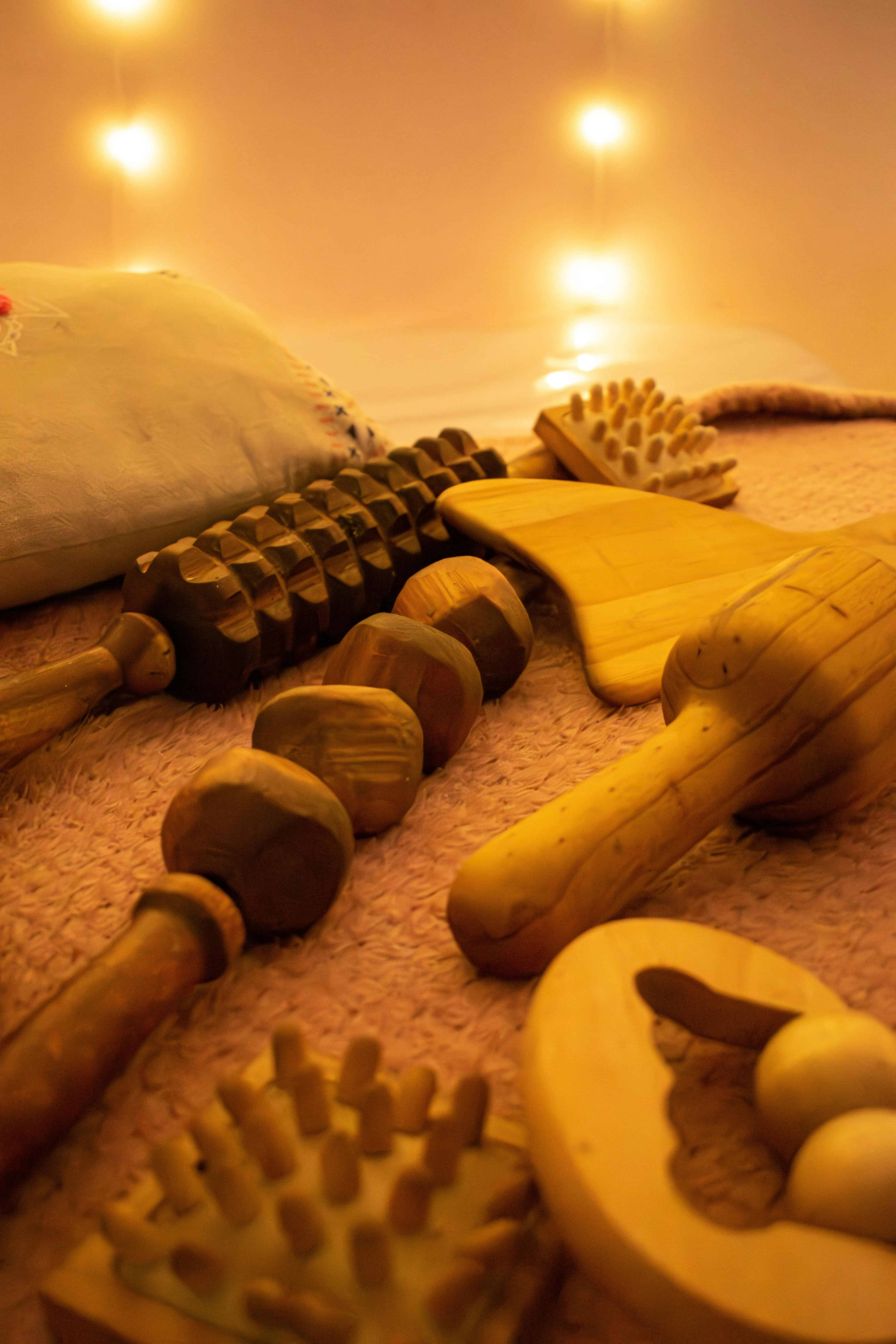
Additionally, stretching out your toes and allowing them to breathe without shoes can aid in relaxation and recovery.
If you’re feeling particularly fatigued or experiencing swelling, elevating your feet and applying an ice pack can help reduce inflammation and promote a faster recovery.
SELF-CARE AND MASSAGE
Incorporating self-care and massage into your routine is crucial for alleviating tension, enhancing circulation, and preventing injuries.
Massage can be particularly beneficial for relieving tightness in your feet.
You can use your hands, a tennis ball, a golf ball, or a foam roller to gently apply pressure to the soles of your feet, arches, and calves, targeting specific trigger points to eliminate tightness and tension.
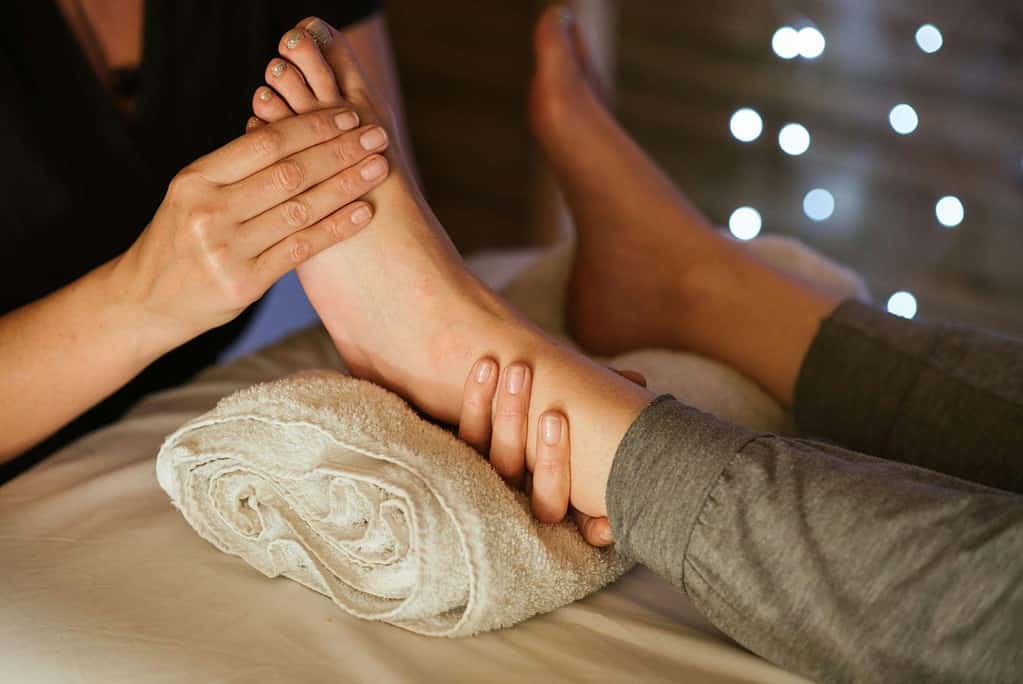
After a heavy day of dancing or intense physical activity, icing your feet can help reduce inflammation and provide relief.
Additionally, soaking your feet in a bath of Epsom salts can soothe tired muscles and promote relaxation.
Make self-care and massage a priority in your routine to keep your feet healthy, flexible, and resilient.
EXERCISES FOR STRONG AND FLEXIBLE BALLERINA FEET
To enhance the strength in your feet and legs and prepare for the demands of dancing en pointe, here are some essential exercises:
THERABAND EXERCISE
This exercise targets the intrinsic muscles of the feet and ankles, enhancing overall foot and strength and arch support.
Video credit: The Pointe Shop
DOMING
This exercise targets the arches of the feet to enhance strength and arch height, particularly beneficial for dancers with flat feet.
Video credit: The Ballet Blog with Lisa Howell
TOWEL TOE SCRUNCH
This exercise targets the muscles responsible for toe curling, enhancing overall toe strength.
Video credit: Southwest Foot and Ankle Centre
TOP TIPS FOR GOOD FOOT HEALTH
If you’re tired of making the same mistakes and battling with persistent blisters, consider trying these helpful tips (your feet might thank you later).
TIP 1 – TOE TAPE
To steer clear of troublesome blisters, consider investing in high-quality toe tape (like Bloch pointe tape) that minimises friction.
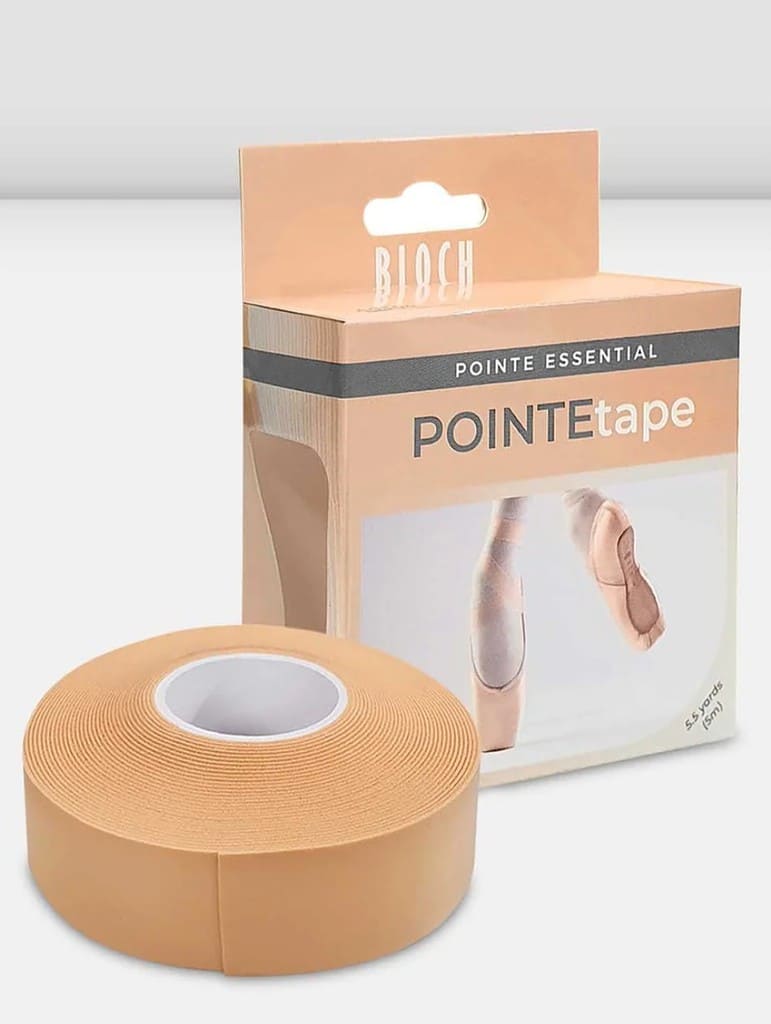
By taping your toes, you can reduce the likelihood of rubbing and developing those nasty bad boys.
TIP 2 – TOE PROTECTORS
For extra protection, especially if you’re already dealing with blisters, toe protectors (like Bloch gel strip) are fantastic.
These elasticed tubes featuring an inner layer of gel (which come in a range of sizes), help alleviate discomfort in the toe joints and friction.
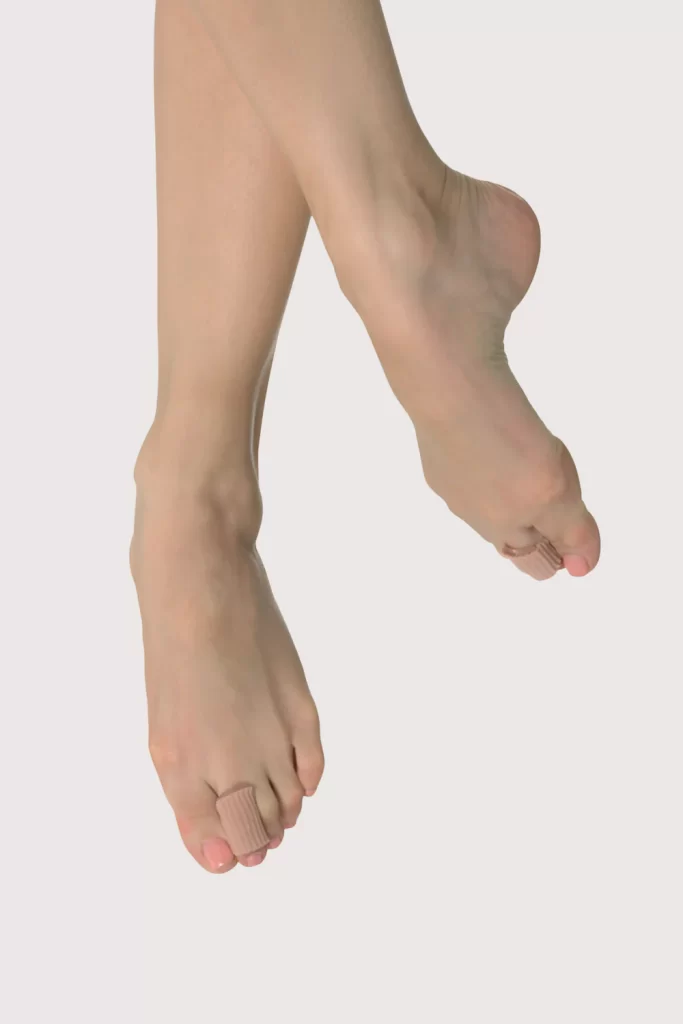
However, it’s important to ensure that you have sufficient space in your pointe shoes and that you’ve selected the correct box width to avoid exacerbating any issues.
TIP 3 – SECOND SKIN
Especially for dancers who use Gaynor Minden pointe shoes, dealing with bruised toenails can be a common challenge.
While a bit pricey, second skin is truly worth the cost.
Available in squares and circles, this adhesive gel, soothes, and cools, providing a protective layer of second skin (hence the name) against blisters, chafing, and friction.
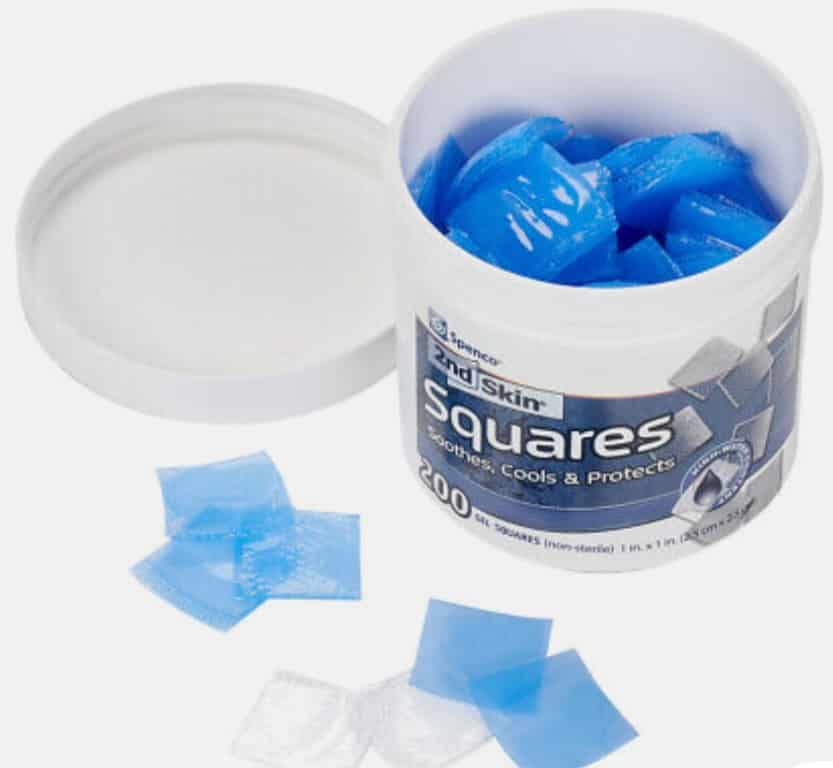
TIP 4 – WHAT YOU PUT IN YOUR POINTE SHOES
There are a variety of things dancers put in their pointe shoes for extra toe protection, ranging from toe pads, lamb’s wool, to even sponges.
I found the Bloch Prima Pro Pads were my favourite choice, giving me a layer of protection on top and a thin layer of material on the bottom so that I could still feel my toes and the floor.
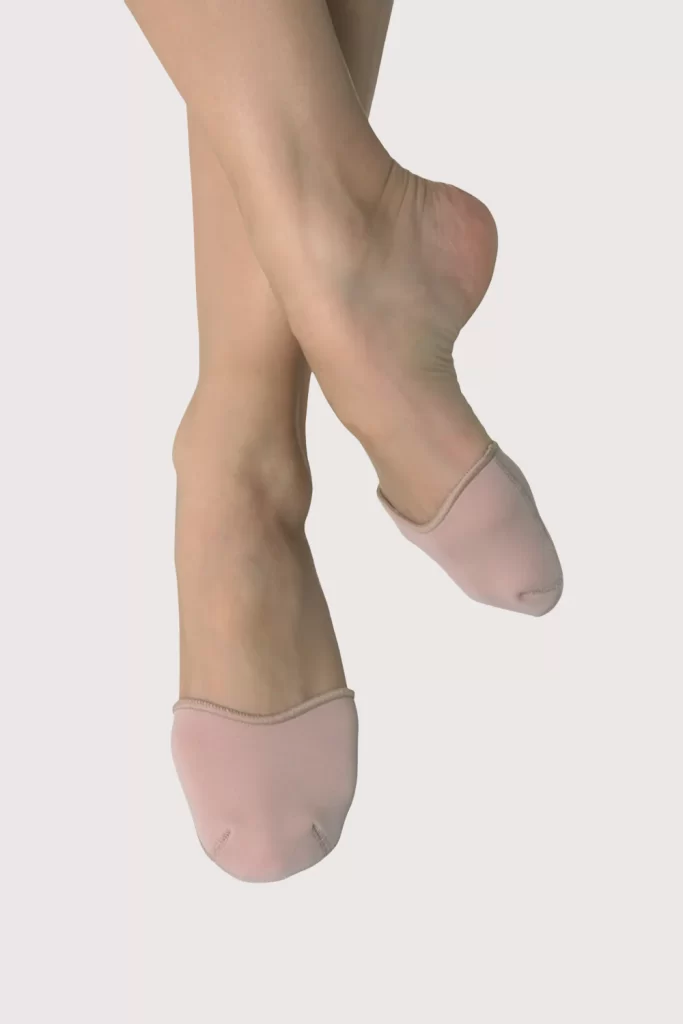
Silicone toe pads, for some, are also a favourite, as well as the newer innovative toe pads, such as Perfect Fit Inserts that mould to your feet, giving you a customised fit tailored to your specific toe length and shape.
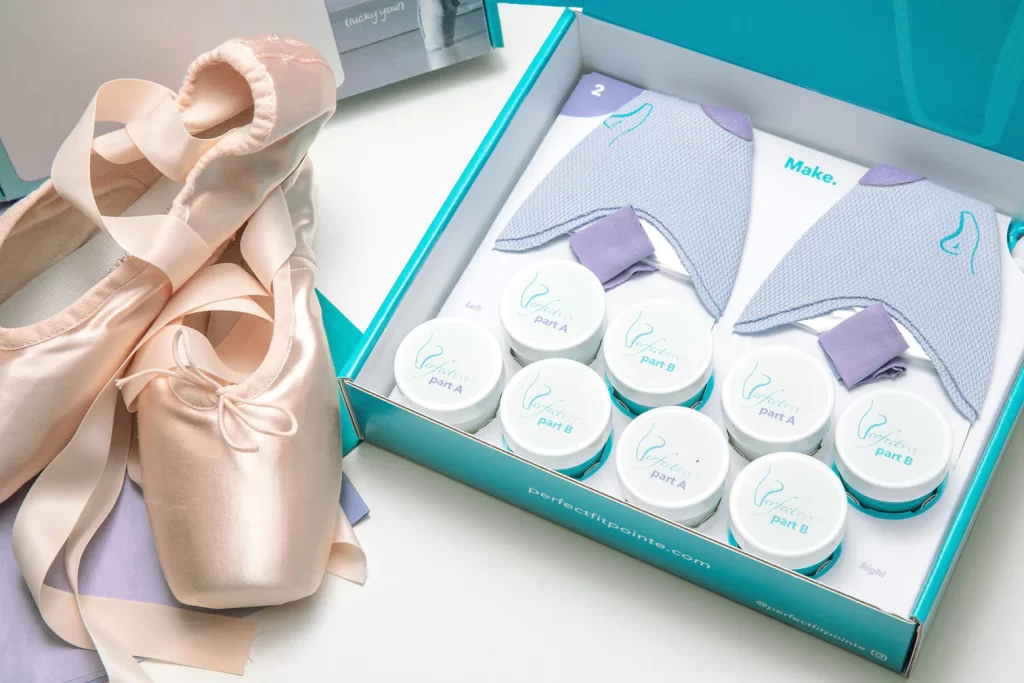
TIP 5 – GROOMING
Maintaining proper foot grooming is essential.
Trim your nails short and cut them correctly to prevent ingrown toenails.
Apply disinfectant to kill germs and dry out blisters to hasten the recovery and prevent them from worsening.
Whenever possible, allow your feet to breathe by opting for open-toed shoes or going barefoot.
Your feet are your invaluable tools, supporting your every step, so treat them with the love, care and respect they deserve.
PROFESSIONAL BALLERINA TESTIMONIAL
MY FOOT STORY
Reflecting on 15 years as a professional dancer, I consider myself fortunate to have naturally high arches, which contributed to the aesthetic appeal of my feet and provided a solid foundation for my technique.
However, I didn’t solely rely on genetics constantly strengthened my feet to enhance my stability and control en pointe.
Focussing attention on articulation and foot control gave me precision and allowed me to work my feet smartly.
Despite the occasional blister or sprained ankle, my feet held up remarkably well with such a demanding workload.
I incorporated strategies like using second skin (this was my absolute lifesaver for toenail pain) and used toe protectors and toe spacers to keep my toes aligned, which helped immensely with bunion discomfort.
Similarly, I wholeheartedly advocate listening to your body, especially your feet, and taking any opportunity you get for adequate rest and proper recovery.
This definitely helped me safeguard my feet from injury and kept them strong and limber for dancing.
BALLERINA FEET FAQs
WHAT IS IT CALLED WHEN BALLERINAS STAND ON THEIR TOES?
When ballerinas stand on their toes, it is called en pointe or simply pointe.
WHAT HAPPENS TO BALLERINA’S FEET?
Ballerina’s feet undergo constant adaptation and change, as dancers transition between various footwear options such as ballet flats, pointe shoes, and dancing barefoot.
Whether performing in different shoes or without any, dancers must maintain consistent efforts to strengthen their feet and maintain their health.
Despite potential aesthetic imperfections and frequent foot-related issues, dancers’ feet are strong and they excel in their primary function performing intricate movements with precision and grace.
WHAT’S THE DIFFERENCE BETWEEN NORMAL FEET VS BALLET FEET?
Normal feet generally have a natural arch and relaxed alignment, providing support for everyday activities. Normal feet have comfortably spread toes and no extreme flexion or extension.
On the other hand, ballet feet, developed through intense training, generally feature a high arch, strong ankles, and the ability to point toes intensely (aka en pointe). This creates elegant lines with pointed toes and an elongated appearance.
DO BALLERINAS STAND ON THEIR TOES?
Yes, ballerinas stand on their toes when they wear pointe shoes.
Dancing en pointe requires not only immense strength of the feet, ankles, and calves but also refined technique and years of training.
So while it might seem daunting at first, rest assured that dancers undergo rigorous training and preparation to be able to execute movements safely and ideally, gracefully.
CAN YOU GO ON POINTE WITH NO EXPERIENCE?
It is not advisable to go on pointe with no experience. Pointe work requires significant strength, technique, and training, particularly in the ankles, feet, legs, and core.
Before starting pointe, a dancer typically needs several years of ballet training to develop the necessary foundation. Attempting to go on pointe without this preparation can lead to injuries, including strains, sprains, or even fractures.
WHY DO BALLERINAS DESTROY THEIR POINTE SHOES?
Ballerinas put their pointe shoes through significant wear and tear due to the long hours spent dancing on their toes.
Some dancers may even go through several pairs a week!
By replacing worn-out or broken pointe shoes, you’re improving your ability to dance safely and properly.
WHAT DO RETIRED BALLERINA FEET LOOK LIKE?
Retired ballerina feet can vary in appearance based on various factors including the length of their dancing career and individual foot genetics.
While bunions can be a persistent issue that some dancers may live with even after retirement, blisters and calluses tend to diminish over time, allowing the feet to regain a more normal appearance.
WRAP UP
Dancing en pointe gives dancers the extraordinary ability to create beautiful art, accomplishing things others would find daunting and impossible.
Alongside perfecting technique and artistic expression, prioritising the care and well-being of your feet is just as important to prolong the longevity of a dancer’s career, and be in a better position for life after dancing.
Remember every dancer is different and every foot is unique.
So take the time to experiment with different types of pointe shoes and foot strengthening exercises.
Don’t let fear stop you!






